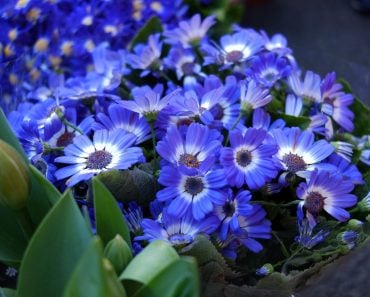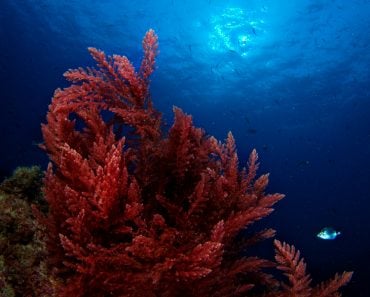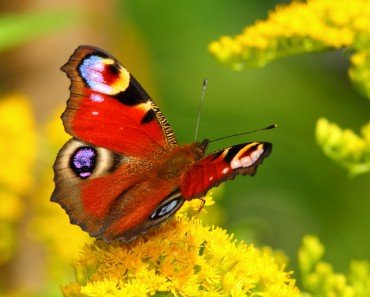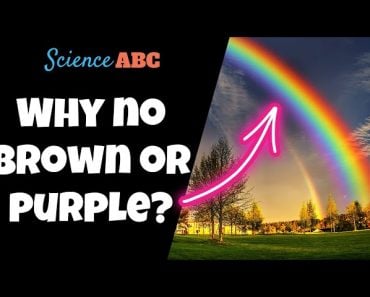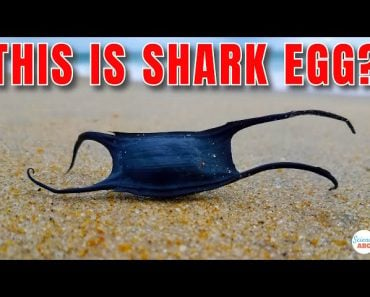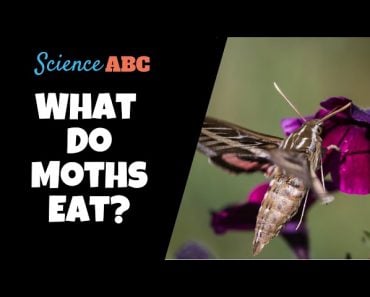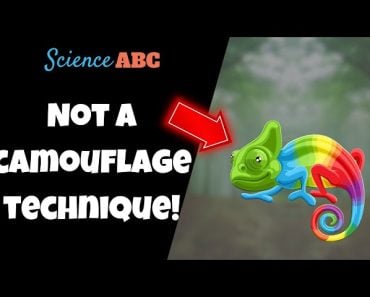Table of Contents (click to expand)
Flamingos of different species display a broad range of pink, salmon, red and crimson colors based on their diet of algae, crustaceans and shrimp, which possess specific carotenoid compounds that accumulate in an adult flamingo’s feathers!
The experience of seeing a flock of flamingos is not something you are likely to forget. After all, there are few birds more recognizable on the planet, with their unusually long legs, odd jerking movements, strange hooked bill, and of course their brilliant color!
Yes, pink is often the first sensorial flash when the word “flamingo” is mentioned, but this obvious display of color confuses many people. There are few animals that are naturally pink, and brightly colored creatures are often a signal that they are poisonous or dangerous—two words that don’t describe these gangly birds.
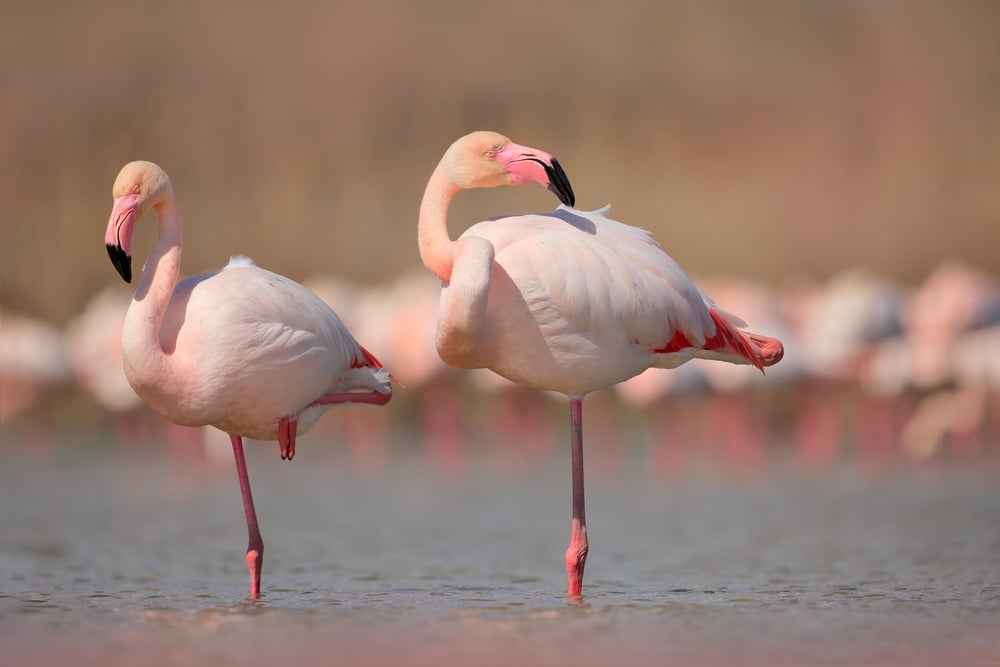
So, if we are to believe that everything in nature happens for a reason, or at least can be explained in some way, why are flamingos around the world such bright and outstanding colors?
Recommended Video for you:
What Do Flamingos Eat?
The common phrase that “you are what you eat” is certainly true for everyone’s favorite bright pink bird. Standing proudly in the sunlight in large flocks, a “pat” of flamingos is quite glorious to behold, but their unique coloring has a very simply explanation. All flamingo species, from the salt flats of Curacao to the mangrove forests of Mexico and the mudflats of Bombay, get most of their nutrition from different species of algae, along with other small crustaceans, shrimp and mollusks.
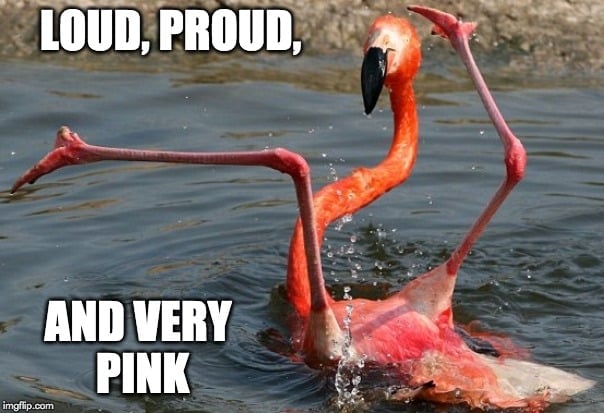
Both red and blue-green species of algae contain certain carotenoids, primarily cantaxanthin, a light-pink pigment, as well as beta carotene, which is an orange-red pigment. The other small creatures that flamingos consume on a daily basis have similar carotenoids as well, resulting in a distinctly colorful diet.
When these foods are eaten, the pigments are extracted by the bird’s digestive system and stored in fat cells. These same fat cells, with their colorful pigments, are deposited in new feathers as they grow, which eventually leads to a pink-feathered adult! Yes, that’s correct, when flamingos are born, they are gray and dull in color. Over time, as their fat cells become dyed pink, their subsequent plumage reflects the change.
Depending on the variety and concentration of their diet, different species of flamingo may be dramatically different in hue. Species in the Caribbean, which feed on crustaceans that are rich in these carotenoids, will have feathers that are much darker, often deepening to a dark-orange or crimson; however, species in the Middle East and India, where the crustaceans and algae are less densely packed with nutrients, the flamingos may only appear a pale pink.
A dearth of pigment-containing foods will eventually cause the flamingos plumage to fade to white. In fact, flamingos kept in captivity (zoos) and fed unnatural diets began to lose their signature coloring until the dietary connection to their vibrant feathers was better understood.
Other Color-Changing Animals
Flamingos may be the most widely recognized species that changes color based on their selective diet, they are far from the only species whose appearance is affected by their palate.
Salmon
Similar to flamingos, salmon also eat small crustaceans as a staple part of their diet, and these shrimp and miniature mollusks have carotenoid pigments of beta carotene, which produce the distinctive and rich orange-red color of fresh salmon.
Canaries
These common birds are typically yellow in color, but their color is quite variable, depending on the different pigments in their food. If their diet is supplemented with cayenne, paprika, or turmeric, it can begin to change their bright yellow color into darker orange hues!
Cedar Waxwings
Again, based on changes in a cedar waxwings diet, the bright yellow tip of their tail can be transformed into a vibrant orange. Although this is only a small part of the bird’s anatomy, an eye-catching tail can be important in mating rituals, so these altered diets may signal a less viable or attractive mate.
Humans
Yes, human beings are susceptible to changing colors based on the content of our diets. If you happen to love carrots, pumpkins, mangoes, sweet potatoes and tomatoes, don’t be surprised if your skin takes on a slightly more orange hue. Those foods are high in carotenoids, such as beta carotene, and they can start to have a larger presence in your skin pigment if they’re a regular part of your diet.
A Final Word
Next time you’re driving past a salt marsh in the Yucatan Peninsula and you see a flash of pink from the corner of your eye, don’t be surprised if it’s a flock of flamingos putzing around in a nearby pool. Their unusual color has a simple explanation, but it doesn’t make them any less impressive or inspiring to admire!


